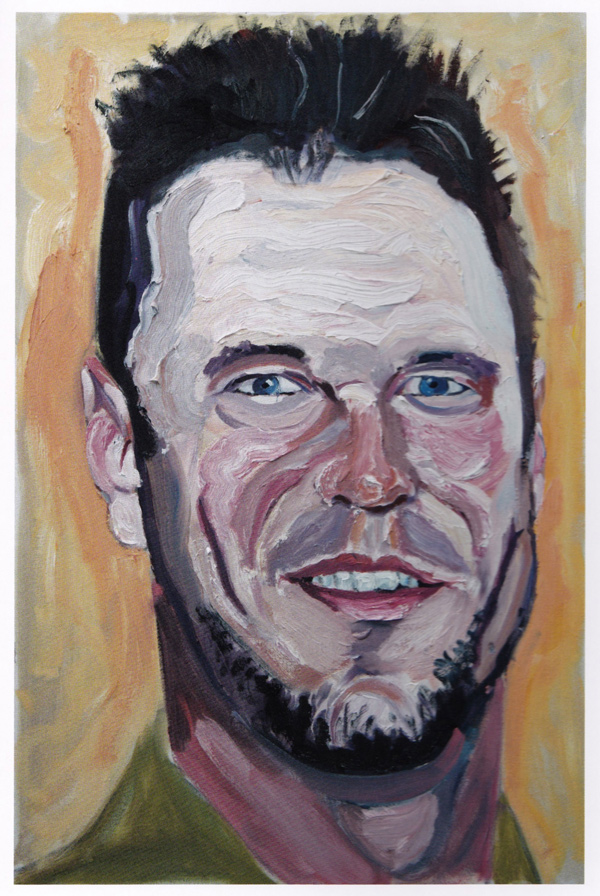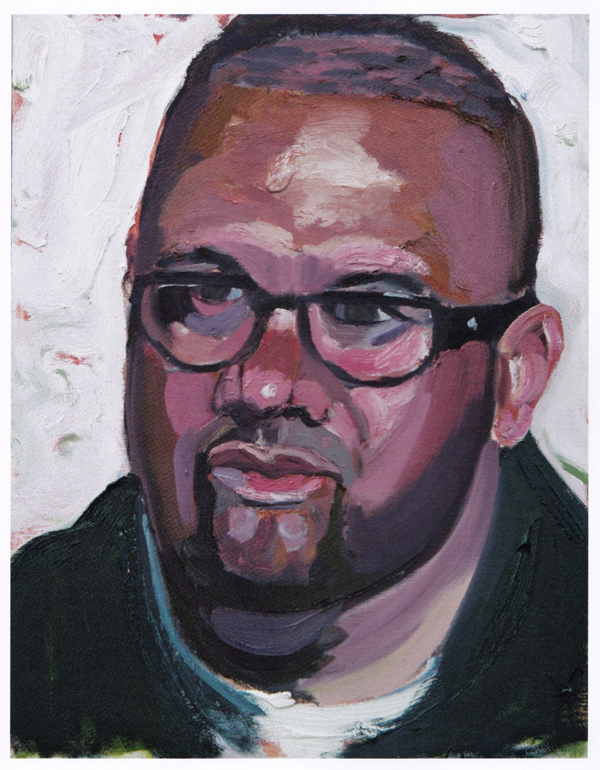The art world is in a genteel panic—reliable work isn’t selling, galleries are moving and closing, Andrea Rosen has said she’ll no longer represent living artists. It’s not that the artists have become any less imaginative or capable, it’s economics: Donald Trump has put exactly no one in a buying mood, forcing the art world to dig into a back bench that (due to the financial drain culminating in the ’08 crunch) it never developed. For over a decade, the only good financial bet has been the most conservative one. Anyone who started showing in the early zeroes will see the dwindling art press dominated by the same names they were sick of three months into art school.
Outside the art-magazines-proper, you’ll hear reports of artists making YouTube channels, alternative spaces, movies, robots, TV, songs, and even, still, zines—not because of some champagney enthusiasm-overflow, but because they can’t afford to work otherwise. And, what’s more, they know they need that knight’s pivot around art critics into the zones of broader cultural press in order for their work to be seen by anyone with a chance of pointing out how new it actually is. If you can get Buzzfeed to notice This Artist Used Fish Parts to Hack Uber And The Results Are Unbelievable then that artist might get to make another piece of art eventually. Or at least a teaching job. Maybe. If the artist there now gets fired fast enough.
The critical theories of the art-boosting caste have undergone a Darwinian process designed to ignore anything young artists care about (aside from their own youth) for 20 years—and it’s begun to matter. The flood is here, and the ark is filling with one male and one female version of each kind of artist, and the art gatekeepers’ role as Noah has never been more obvious and less scrutinized.
Amid all this, the slow drip of art journalism dedicated to discussing and promoting George W. Bush’s paintings seems at first like just another click to feed an omnivorous and meme-hungry media environment—until you realize just how perfectly it caps a narrative the art world has been creating for decades. How many more interesting and more vulnerable artists have been crowded out of their Ark space on his account?

George W. Bush, Timothy John Lang, Lance Corporal, United States Marine Corps, 2005.
It’s a long-arc tragedy: a misguided art world creates a universe where alleged relevance is more important than how the thing looks; in so doing, it completely loses the ability to talk to the world about anything it isn’t already discussing; culture—free to ignore an art that’s become only an echo effect—moves the way it would as if artists were silent. The country votes in a man inimical to every art value (a moron, a yokel, a war criminal, an aristocrat, a Christian); he presides over a financial ruin which eats away all the flesh and muscle of the art world, leaving it flailing for a decade—with nothing left but its beliefs, that is: the belief in relevance. And, a decade-and-a-half later, with another moron elected, still circling the Fascist drain, what art could possibly be relevant now?
The art of the original moron, of course—and perhaps only the art of that moron. Never mind the art looks like a bad imitation of an already bad painter from 50 years earlier (whose only appeal was, itself, Relevance), never mind that no one not in on the joke will ever give these woody mudstreaks and sophomore-class-lines a second look or learn anything or gain anything from them—because the story has gone on so long and been so boring that no one aware enough to object is still paying attention. The self-defeating anti-logic is deep and clear and glows like nuclear fire over the ash of incinerated American creative potential: By deciding—in what one assumes long ago was a spirit of protest—that living in a dull, shitty, and brutalized world meant art had to above all mean something, the critics have maneuvered themselves into a place where they cannot deny the centrality of the dull, oiled shit excreted by the brutalizer. Exactly 100 years after Duchamp’s fountain, George W. Bush’s paintings announce the total victory of academic criticism—at last, the perfect animal, the purest bred: no one could possibly claim the artist isn’t important, and no one could possibly claim there was any reason to look at the art.

